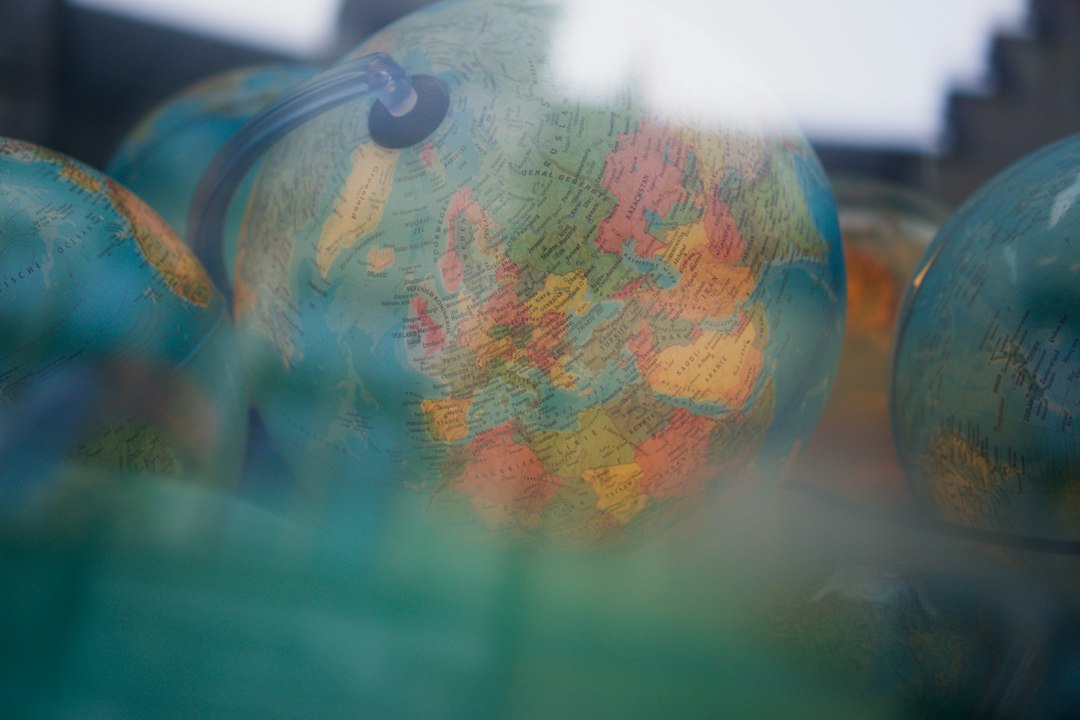Ancient Ruins and Relics: Exploring the Roman Empire’s Legacy
The Roman Empire is arguably one of the most influential and powerful civilizations in history. Lasting for over a millennium, its impact extended far and wide, leaving behind a remarkable legacy of architectural wonders, cultural artifacts, and impressive ruins that continue to captivate and inspire us today. Join me on a journey through time as we explore some of the most iconic relics of this ancient empire.
The Colosseum is undoubtedly one of the most recognizable landmarks of ancient Rome. This grand amphitheater, completed in 80 AD, hosted gladiatorial battles, wild animal fights, and various other spectacles that entertained tens of thousands of spectators. Its sheer size and architectural brilliance astound visitors to this day. Standing in the heart of Rome, the Colosseum offers a glimpse into the opulence and power of the ancient Roman ruling class.
Moving on from the grandeur of the Colosseum, we venture to the architectural masterpiece known as the Pantheon. This incredible temple, constructed in 125 AD, is a testament to the Romans’ engineering prowess. Its massive dome, the largest unreinforced concrete dome in the world, has stood the test of time, defying gravity for centuries. The majestic beauty and symmetry of the Pantheon’s interior, coupled with its harmonious blend of Greek and Roman architectural elements, leave visitors in awe of the empire’s artistic achievements.
No exploration of the Roman Empire’s relics would be complete without a visit to the ancient city of Pompeii. Frozen in time by the catastrophic eruption of Mount Vesuvius in AD 79, Pompeii provides a unique insight into daily life during Roman times. Walking through its remarkably preserved streets, one can still admire the intricately designed murals on the walls and marvel at the advanced plumbing systems used by the Romans. Pompeii serves as a haunting reminder of the fragility of human existence and the immense destructive power of nature.
Traveling further afield, we come across Hadrian’s Wall, an impressive defensive fortification built by Emperor Hadrian in AD 122. Stretching across Northern England, this remarkable structure once marked the northernmost border of the Roman Empire. The Wall serves as a reminder of Rome’s expansive reach, as well as its need to defend against external threats. Exploring the ruins of forts and milecastles along the Wall allows us to delve into the daily lives of Roman soldiers who patrolled this formidable barrier.
As we venture to the heart of modern-day Italy, we encounter the archaeological site of Ostia Antica. Situated at the mouth of the Tiber River, this ancient port city was a crucial hub for trade and commerce during Roman times. Walking through its well-preserved ruins, one can imagine the hustle and bustle of a once vibrant city, with its grand theater, impressive public baths, and bustling marketplaces. Ostia Antica serves as a fascinating link to Rome’s maritime past and offers valuable insights into the daily lives of its inhabitants.
The Forum Romanum, often referred to as the Roman Forum, was the political, religious, and social center of ancient Rome. As we navigate the ruins of this sprawling complex, it becomes apparent that the Forum was the heartbeat of Roman society, a place where citizens gathered to engage in public affairs and witness grand ceremonies. Despite the ravages of time, the remnants of temples, basilicas, and government buildings that once lined its streets transport us back to the height of the Roman Empire.
Exploring the relics and ruins of the ancient Roman Empire is not merely a journey into the past, but a testament to human ingenuity, creativity, and ambition. From the grandeur of the Colosseum to the haunting streets of Pompeii, these remnants of a bygone era remind us of the empire’s lasting impact on Western civilization. They inspire us to learn from history and appreciate the remarkable achievements of our ancestors. So, next time you find yourself marveling at the architectural wonders, intricate mosaics, or splendid ruins of the Roman Empire, remember that you are witnessing the legacy of a civilization that shaped our world.
